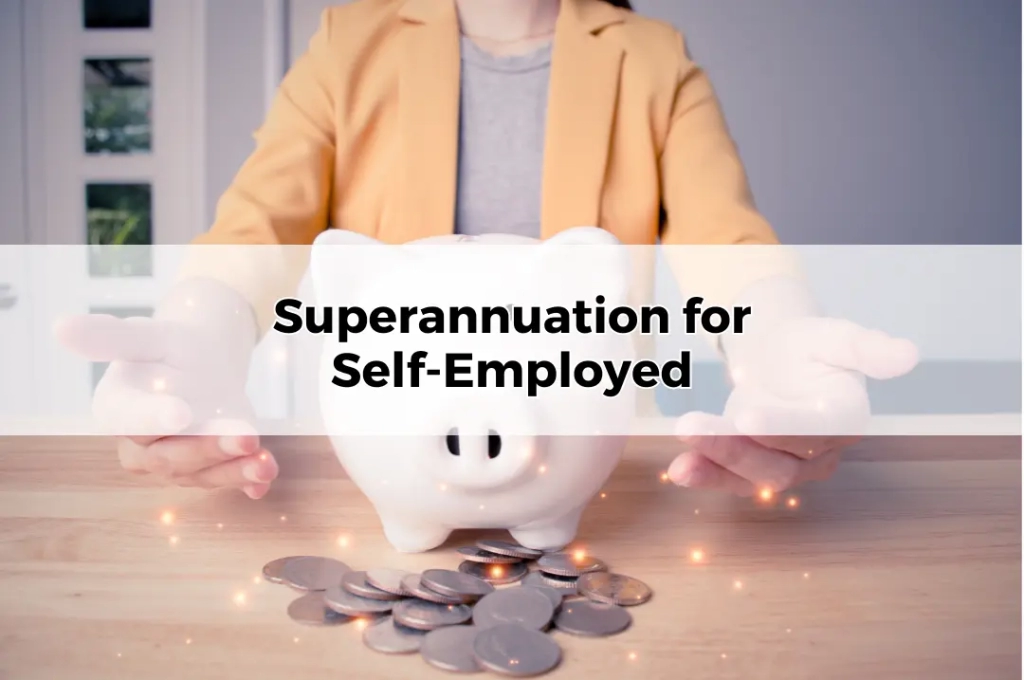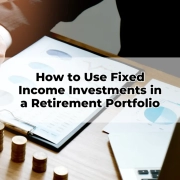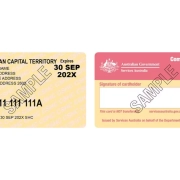Superannuation for Self-Employed
Table of Contents
ToggleSuperannuation is a critical aspect of retirement planning for all Australians, including the self-employed. While those in traditional employment benefit from compulsory employer contributions, self-employed individuals must take a proactive approach to secure their financial future. Understanding and managing superannuation effectively ensures long-term financial stability.
Overview of the Current Superannuation Landscape
The superannuation landscape in Australia is well-structured but can appear complex, especially for self-employed individuals. With various funds, contribution options, and tax implications, it’s essential to navigate this system with knowledge and strategic planning.
Understanding Superannuation
What is Superannuation?
Superannuation is a retirement savings program designed to accumulate funds over an individual’s working life. These funds provide financial support during retirement, ensuring individuals can maintain their standard of living after they stop working.
Key Components of Superannuation
Key components of superannuation include contributions, investment earnings, and the superannuation fund itself. Contributions are made regularly, either by employers or individuals, and these contributions are then invested by the super fund to generate returns over time.
Why Superannuation Matters for the Self-Employed
Financial Security in Retirement
For self-employed individuals, superannuation is crucial for building a nest egg that provides financial security in retirement. Without employer contributions, the responsibility to save for the future rests entirely on the individual’s shoulders.
Tax Benefits
Superannuation also offers significant tax benefits. Contributions are generally taxed at a lower rate, and the investment earnings within a super fund are also taxed concessionally, making it an efficient way to save for retirement.
Challenges Faced by Self-Employed Individuals
Irregular Income Streams
One of the primary challenges self-employed individuals face is managing irregular income streams. Unlike salaried employees, income can fluctuate significantly, making it harder to make consistent superannuation contributions.
Lack of Employer Contributions
Without the benefit of compulsory employer contributions, self-employed individuals must make their own contributions to their superannuation. This requires discipline and a commitment to long-term financial planning.
Setting Up Superannuation
Choosing a Super Fund
Selecting the right super fund is a critical decision. Factors to consider include fees, investment options, performance history, and insurance offerings. Popular choices include industry funds, retail funds, and public sector funds.
Self-Managed Super Funds (SMSFs)
For those seeking greater control over their superannuation, Self-Managed Super Funds (SMSFs) are an option. SMSFs allow individuals to manage their own super investments, but they also come with increased responsibilities and regulatory requirements.
Making Contributions
Concessional Contributions
Concessional contributions are pre-tax contributions, such as salary sacrifice or personal deductible contributions. These are taxed at 15% within the super fund, which is generally lower than the individual’s marginal tax rate.
Non-Concessional Contributions
Non-concessional contributions are made from after-tax income and are not taxed within the super fund. These contributions can be used to top up super savings but are subject to annual caps.
Maximising Superannuation Contributions
Contribution Caps
There are limits to how much can be contributed to superannuation each year without incurring extra tax. From 1 July 2024, the concessional contribution cap is $30,000, while the non-concessional cap is $120,000.
Catch-Up Contributions
Catch-up contributions allow individuals to carry forward unused concessional cap amounts for up to five years. This can be particularly beneficial for those with fluctuating incomes, enabling them to contribute more in years when they have higher earnings.
Tax Considerations
Tax Deductions
Self-employed individuals can claim a tax deduction for personal super contributions, reducing their taxable income. To claim this deduction, the individual must notify their super fund of their intention to claim before lodging their tax return.
Tax on Superannuation Earnings
Investment earnings within a super fund are taxed at a maximum rate of 15%. This concessional tax rate makes superannuation an attractive investment vehicle compared to other investment options.
Investment Strategies
Diversifying Investments
A well-diversified investment portfolio within your super fund can help manage risk and improve returns. Consider a mix of asset classes, such as shares, bonds, property, and cash, to spread risk.
Risk Management
Understanding your risk tolerance is key to selecting the right investment strategy. Younger individuals may opt for growth-oriented investments, while those nearing retirement might prefer more conservative options.
Accessing Superannuation
Conditions of Release
Superannuation can generally be accessed once you reach preservation age and retire. Other conditions of release include reaching age 65, experiencing severe financial hardship, or having a terminal medical condition.
Early Access to Super
Early access to superannuation is strictly regulated and typically allowed only under specific circumstances, such as severe financial hardship or compassionate grounds. It’s important to understand these conditions to avoid penalties.
Government Support and Incentives
Co-Contributions
The government offers co-contributions to eligible low and middle-income earners who make after-tax super contributions. This incentive helps boost super savings for those with lower incomes.
Low Income Superannuation Tax Offset (LISTO)
LISTO provides a refund of the tax paid on concessional contributions for individuals with adjusted taxable incomes of $37,000 or less, up to a maximum of $500.
Planning for the Future
Regular Review and Adjustment
Regularly reviewing and adjusting your superannuation strategy ensures it remains aligned with your financial goals and changing circumstances. Consider annual reviews to stay on track.
Seeking Professional Advice
Engaging a financial adviser can provide tailored advice to help you navigate the complexities of superannuation and develop a strategy that maximises your retirement savings. In Toowoomba contact Wealth Factory on 07 4659 5222.









